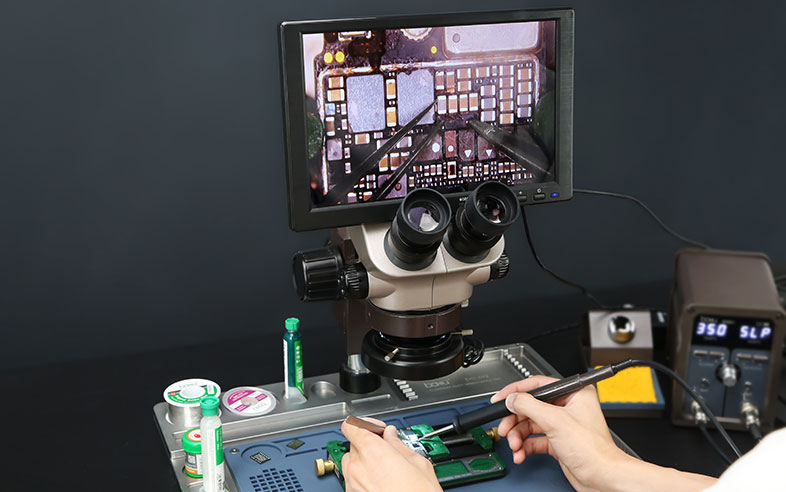
The last few decades have been unprecedented for the electronics industry with unprecedented growth due to the numerous consumer devices, telecommunications infrastructure, and the ever shrinking size of circuit components. In modern applications encompassing smartphones, wearables, automotive controls, and industrial sensors, the demand for perfecting solder joint performance and reliability has reached paramount importance more than ever when joining electronic components.
Soldering in a variety of forms remains the primary method of electronics assembly based on its strengths as a good electrical and thermal conductor and a cost-effective method of joining components. Soldering equipment for electronics assembly has progressed from simple manually operated irons to sophisticated and fully automated soldering systems to achieve the precise demands of modern high-volume, high-precision manufacturing processes.
The foundation of any successful electronic assembly operation begins with understanding the available soldering equipment for electronics and its appropriate use. Whether the desktop hobbyist or the factory production floor, choosing the right soldering solution comes down to balancing throughput, accuracy, and process control.
Modern equipment can add sophisticated features, like programmable temperature profiles, closed-loop feedback, and ergonomics to reduce operator fatigue and provide quality definition for repeatable joints, either in delicate surface-mount device (SMD) rework or massive solder production.
Handheld soldering irons with temperature-controlled stations remain the preferred tools for prototype work, rework, and low-volume production. Many models also include digital displays, ceramic heating elements that heat and cool quickly, and ESD-safe casings to protect sensitive electronics.
Hot air rework stations generally specialized in removing and replacing SMDs. It properly delivers a customized, directed, adjustable-temperature air flow. Hot air rework stations often have vacuum nozzles and digital controls for desoldering a chip, even as small as a package 0201, without touching the circuit board. This minimizes board stress.
The stereo digital microscope helps you see the micro solder more efficiently by providing high-definition observation, allowing you to see the minutest detail to be able to micro-solder with more artistry and specificity and quality. The screen separator machine can hold the screen tightly and prevent any movement or sliding apart during the separation process. This can greatly improve the operation’s stability and help make the whole operation more steady.
Ultrasonic technology has the ability to remove all types of dirt, dust, residue, and any other particles that should not be present. Specifically, the repair of circuit boards requires ultrasonic parts cleaners to remove oxides and residual flux, and to maintain cleanliness and reliability of circuit boards, ultimately supporting, maximizing, and protecting the proper functioning of electronic components.
Selecting the correct soldering equipment for electronics involves a number of key factors. Production volume determines whether manual or automated ones will be the lowest-cost option. Component size and density determine whether you need hot-air or precision robotic dispensers. Additionally, aspects of process control, such as closed-loop temperature control, programmable profiles, and in-line defect detection, are important to maximize yield and minimize rework in complex assemblies.
In the future, the soldering devices for the electronics industry will be influenced by automation, sustainability, and Industry 4.0. For example, machine-vision systems are often used to inspect solder joints in real time, robotic soldering arms will be guided through intelligent algorithms, which will provide shorter cycle times and lower human error. Environmental controls will continue to drive the move to lead-free solders and energy-efficient heaters. Manufacturing equipment that can connect to the Internet to report process data or send maintenance alerts will bring about huge changes in traceability and predictive maintenance.
Finally, while the electronic sector continues to become more complex with continued miniaturization, soldering devices for electronics will remain a key influence in producing reliable, cost-effective products.